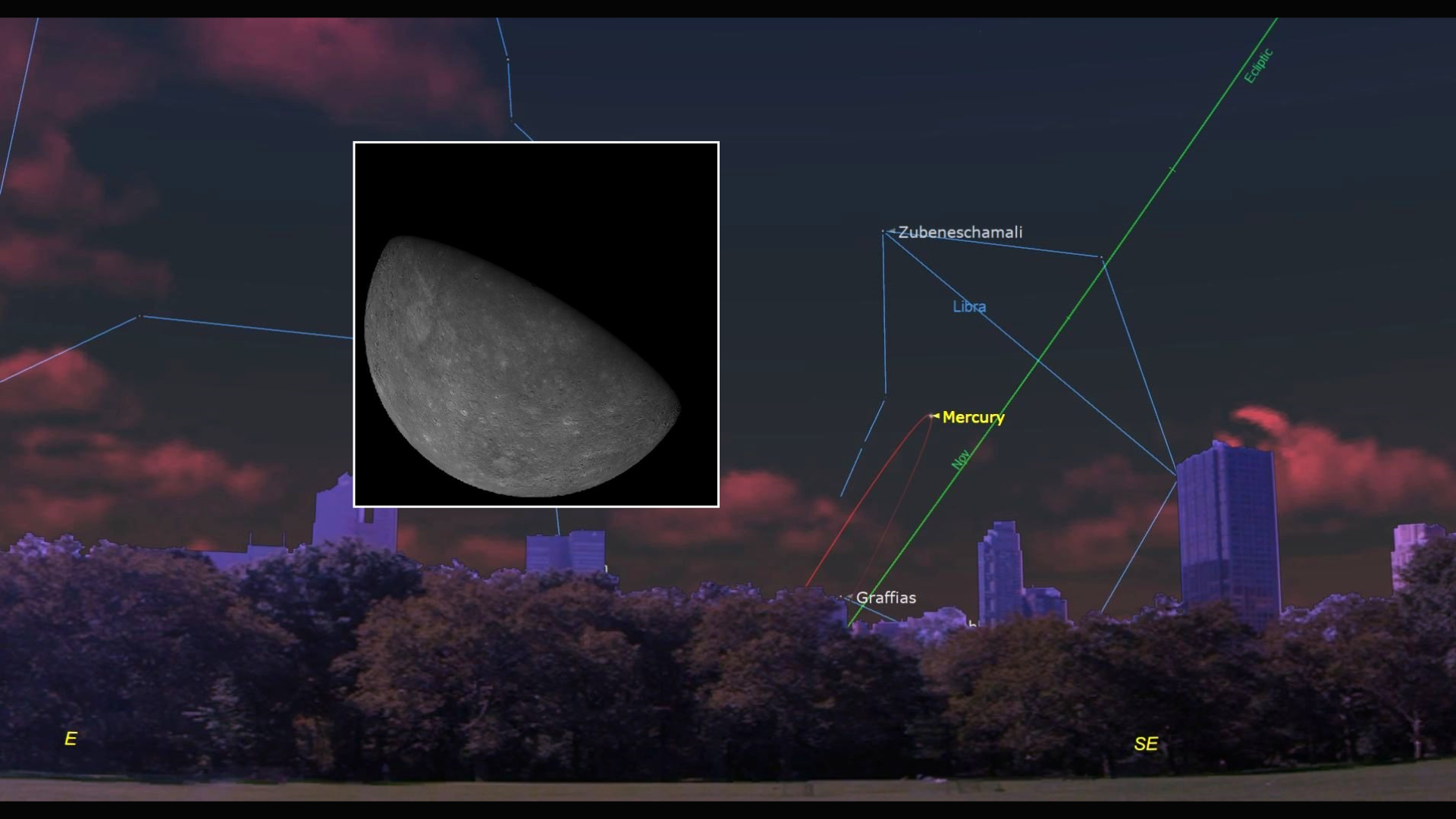Small Asteroid to Fly Past Earth Tonight
Updated 2:41 p.m. ET
A small asteroid will buzz the Earth late Friday EDT (early Saturday GMT), flying just inside the orbit of the moon. It should pass safely by our home planet, according to a crack team of NASA space rock trackers.
The space rock, named 2009 TM8, was just discovered Thursday by the Catalina Sky Survey in Arizona. It will get within 216,000 miles (348,000 km) of Earth when it zooms by at a speed of about 18,163 mph (29,232 kph).
"That's slightly closer than the orbit of our moon," NASA's Asteroid Watch team said Friday via Twitter.
The time of closest approach will be 0344 GMT Saturday, or 11:44 p.m. EDT tonight.
The asteroid hunters at the Jet Propulsion Laboratory (JPL) in Pasadena, Calif., stands on constant watch for rogue space rocks that could pose an impact risk to Earth. It was the same team which, last week, scaled back the risk of another asteroid – a large space rock called Apophis – hitting the Earth in 2036.
Compared to Apophis, which is as large as two football fields, 2009 TM8 is tiny. It is about 30 feet (7 meters) across and was discovered Thursday by skywatchers, JPL officials told SPACE.com.
Breaking space news, the latest updates on rocket launches, skywatching events and more!
Such close passes are not unheard of. With smaller objects, which are hard to find, announcements like this often come at the last minute. Researchers say there is a risk, however, of Earth eventually being hit by an undetected small asteroid that could cause heavy localized or even regional damage.
So what would happen if an object like this did strike?
"If it's typical density, it would create a 4 kiloton explosion in the Earth's atmosphere if it were to hit, which of course it won't," said Don Yeomans, manager of the Near-Earth Object Program Office at JPL. "You'd expect an object of this size to fly within the orbit of the moon every few days or so."
Most simply aren't spotted.
"There're about 7 million of these objects in the near-Earth space; needless to say we have discovered only a small fraction of them." Yeomans said.
An asteroid this size can hit the Earth once every seven years or so, he said.
Professional and amateur skywatchers are expected to keep a close eye on 2009 TM8 over the next few days to refine its path through space. Additional observations will help astronomers pin down the rock's entire track around the sun. "We'll have this orbit nailed within a couple days or so," Yeomans said.
While NASA tends to focus on larger asteroid threats and has found most of the big asteroid that could eventually threaten our planet, monitoring the smaller space rocks is also vital, Yeomans said. "They're sort of Mother Nature's way of shooting a few across the bow to make sure we pay attention."

Tariq is the award-winning Editor-in-Chief of Space.com and joined the team in 2001. He covers human spaceflight, as well as skywatching and entertainment. He became Space.com's Editor-in-Chief in 2019. Before joining Space.com, Tariq was a staff reporter for The Los Angeles Times covering education and city beats in La Habra, Fullerton and Huntington Beach. He's a recipient of the 2022 Harry Kolcum Award for excellence in space reporting and the 2025 Space Pioneer Award from the National Space Society. He is an Eagle Scout and Space Camp alum with journalism degrees from the USC and NYU. You can find Tariq at Space.com and as the co-host to the This Week In Space podcast on the TWiT network. To see his latest project, you can follow Tariq on Twitter @tariqjmalik.
